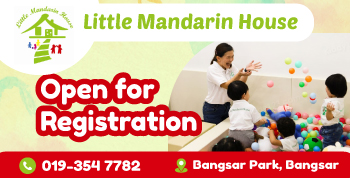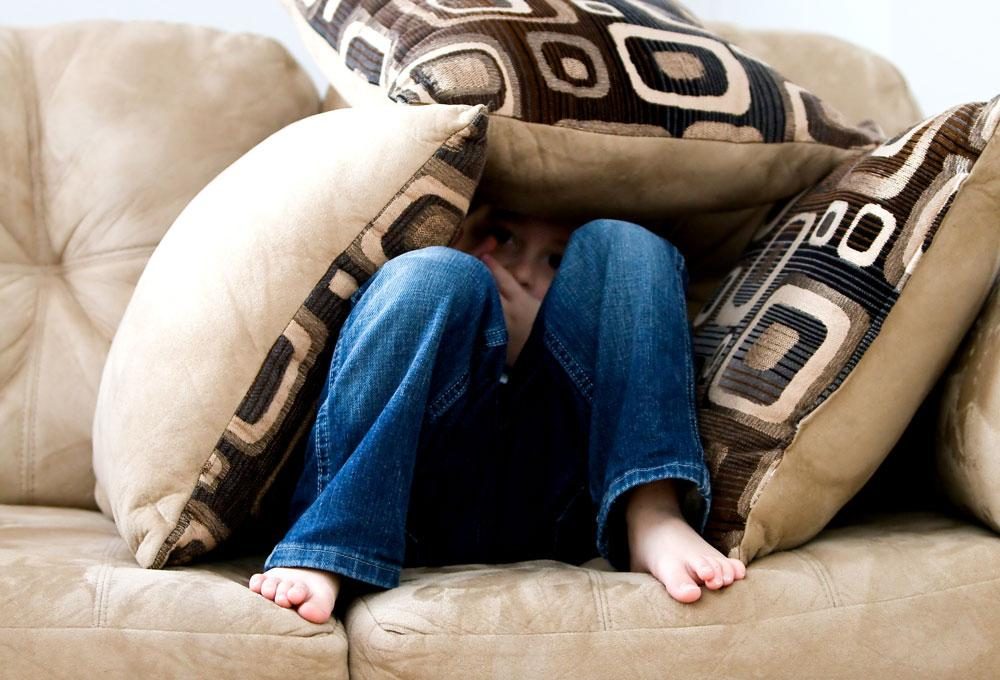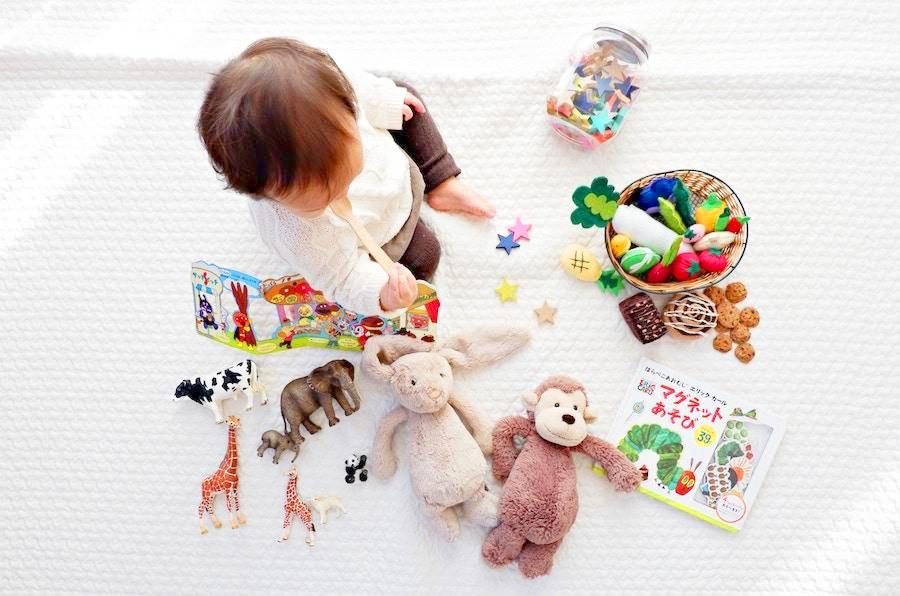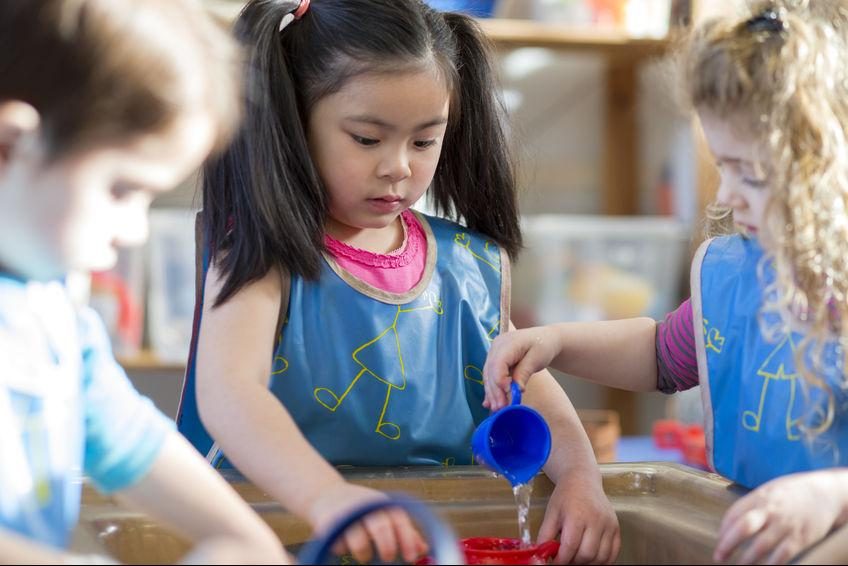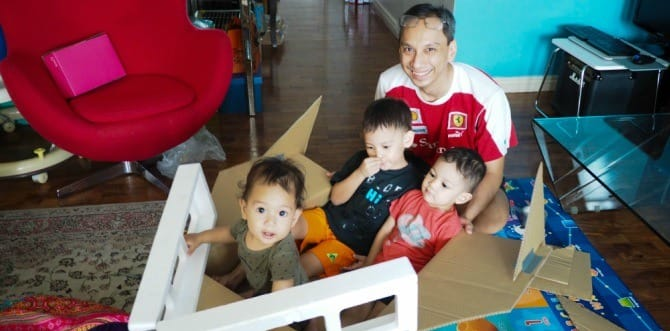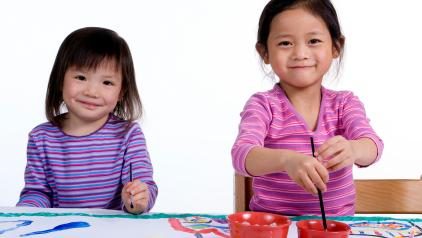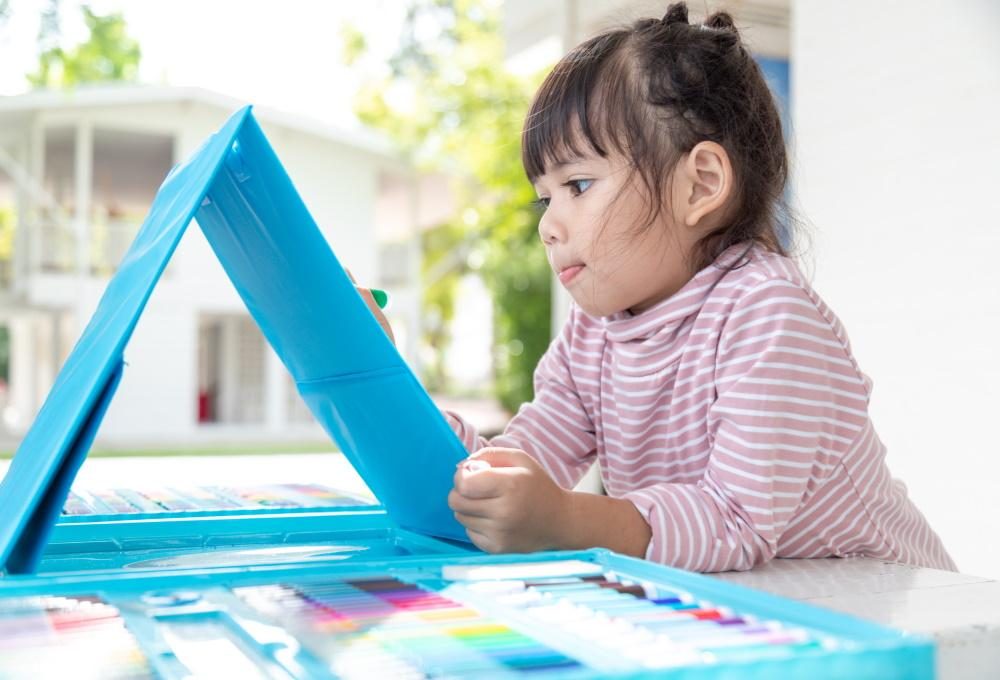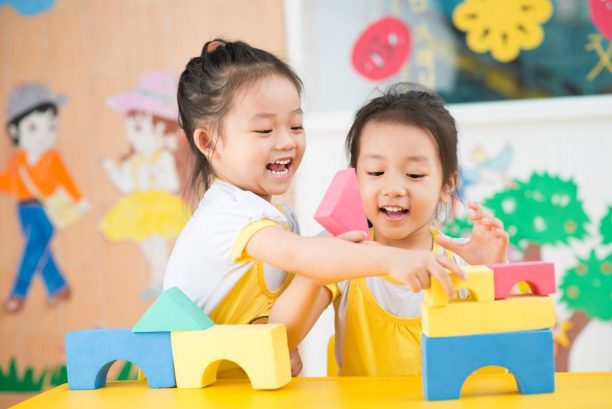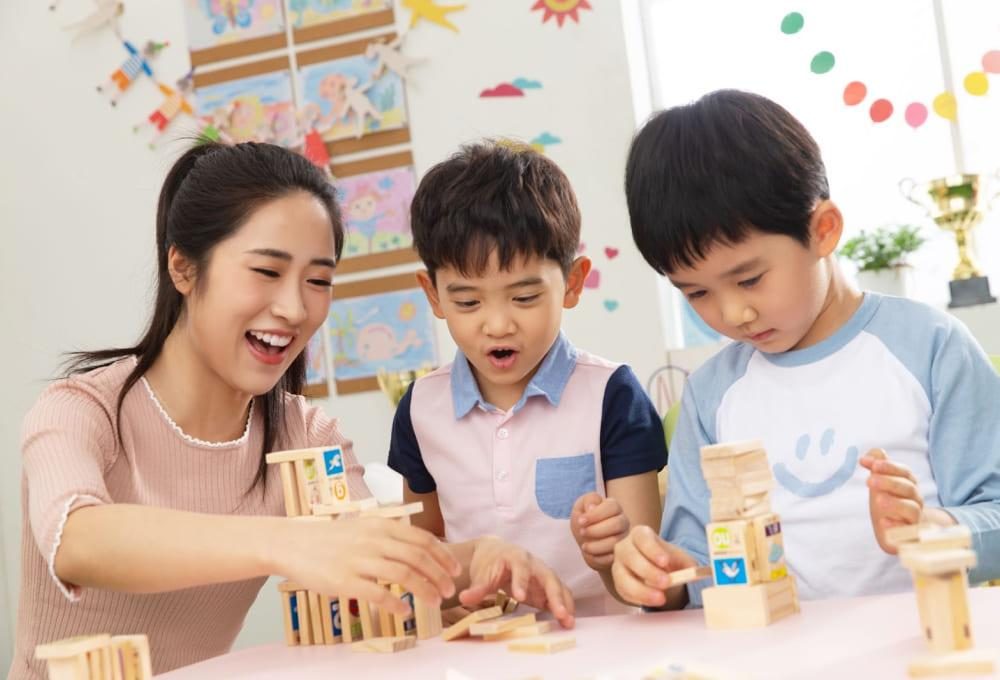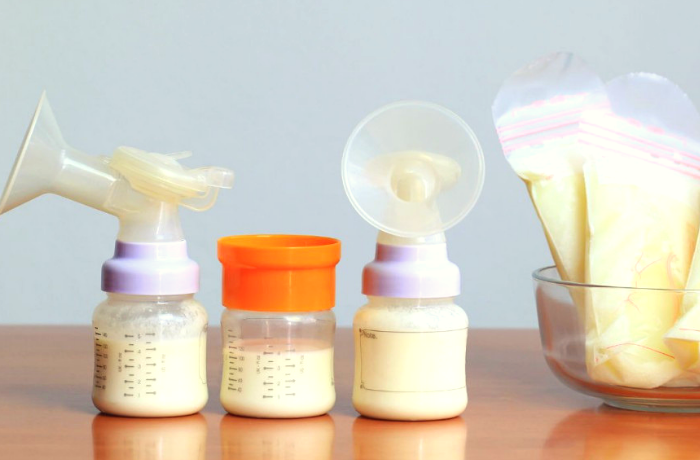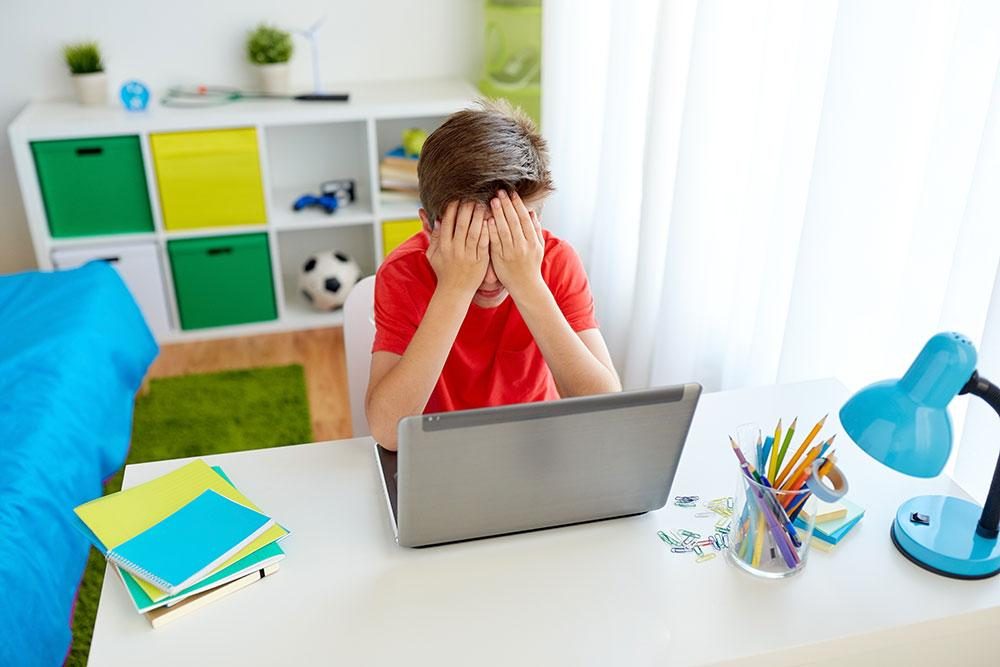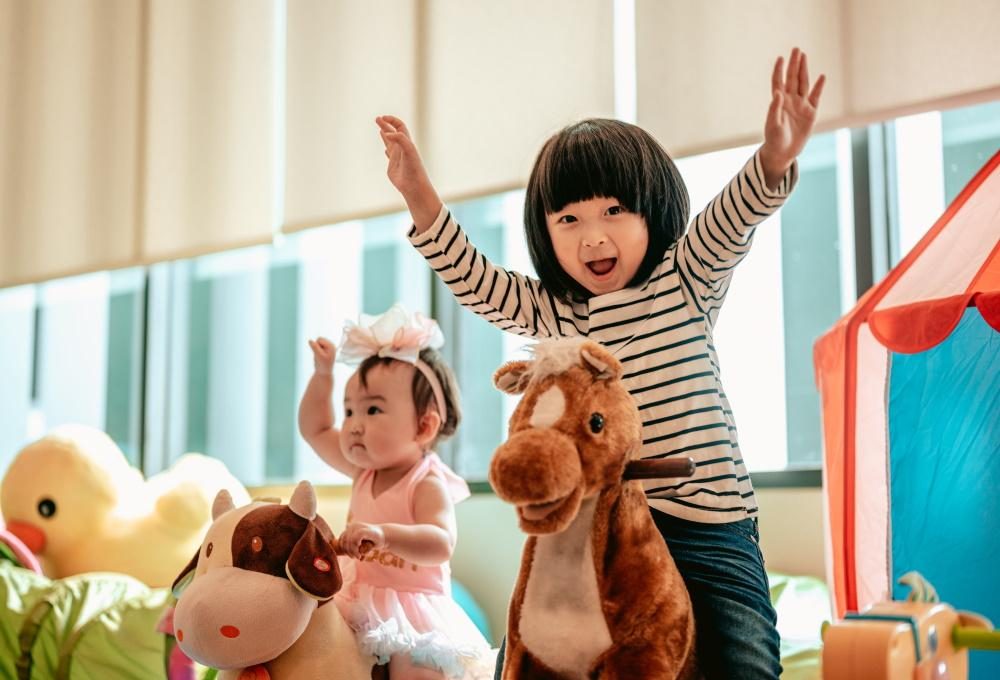5 DIY Messy Play Ideas for Children
by on 07/07/2021 ...
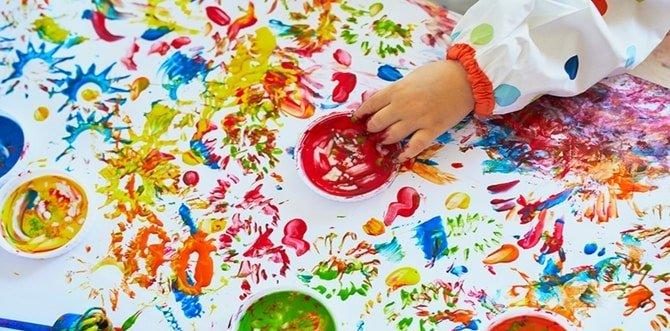
Many parents have probably already ran out of ideas thinking of activities for their children during the pandemic. Let us share some ideas for messy play that you can easily try out at home.
Check out our compilation of fun ideas for the family!
Messy Play Helps Children’s Sensory Skills

Messy play is very beneficial for young children as it promotes physical development as well as sensory skills. These contribute to building a strong foundation towards their future academic achievements.
Without the mastery of sensory skills, children might face problems in reading and writing down the road.
The 8 Senses: How Your Child Interacts with the Environment
- Auditory – ears
- Visual – eyes
- Taste – mouth
- Olfactory – nose
- Tactile – hands
- Vestibular – balance
These senses help children navigate the world around them and they can better understand them through play. Play is great for strengthening children’s bodily functions, social and communication skills, fine and gross motor skills, as well as self-help skills.
Is your child feeling overwhelmed from ‘normal’ activities like tooth-brushing and hugging, or extremely bothered by loud noises? If yes, s/he could have Sensory Processing Disorder (SPD). Find out more about the symptoms.
Why Is It Important to Stimulate Children’s Senses?
- Studies proved that messy or sensory play helps build nerve connections in the brain especially the part that manages anxiety.
- Messy play nurtures pre-academic skills, such as, focusing, receiving instructions, recognising shapes (important for literacy), writing, and more.
- Sensory play supports language, cognitive, fine and gross motor development, as well as problem-solving abilities and social interaction.
- Helps improve memory.
- Children will have better ability to respond to sensory stimuli and will not feel overwhelmed easily.
- It introduces children to new tastes and textures, which helps build positive pathways in the brain to say it’s safe to engage with different foods.
Between the ages 0-3, babies’ brains are developing at an exponential rate as they learn to receive and respond to sensory stimuli. Read up on how babies can benefit from sensory experiences.
5 Messy Play Ideas That Engages Children’s Senses
1. Rainbow Slime

Ingredients:
- Liquid starch
- PVA glue
- Food colouring or water colour
Method:
- Mix equal parts of starch and glue. Then add food colouring.
- Repeat Step 1 using different colours.
2. Foam Dough
Ingredients:
- 3 cups shaving cream
- 1 cup cornstarch
- 1 extra tablespoon cornstarch
Method:
- Mix shaving cream and cornstarch until everything is well blended and can form a ball. If it’s too wet, add an extra tablespoon of cornstarch.
3. Colourful Rice

Ingredients:
- Rice
- Food colouring
Method:
- Soak the rice overnight with different colours of choice.
- Dry the coloured rice under the sun.
4. Rainbow Clean Mud
Ingredients:
- 1 roll toilet paper
- 1 bar soap
- Grater (to grate soap)
- 1 cup warm water
- Water colour
- Tub
Method:
- Grate the soap. Put the soap flakes in a tub.
- Add 1 cup warm water to the soap flakes. Mix with your hand.
- Rip up toilet paper. Add ripped toilet paper and mush it into the soap and water mix. Once the toilet paper is mixed in, add colour.
- Mix with your hands and add more colour if you wish.
- Mold and play.
5. Colourful Vermicelli
Ingredients:
- Vermicelli
- Food colouring or water colour
- Ziplock bags
Method:
- Boil the vermicelli.
- When it cools, divide into 6 parts and put them in Ziplock bags.
- Add colour and shake the Ziplock bag to mix.
- Dry coloured vermicelli under the sun.
- Play!
Source: lemonlimeadventures
Photo credit: parenta















